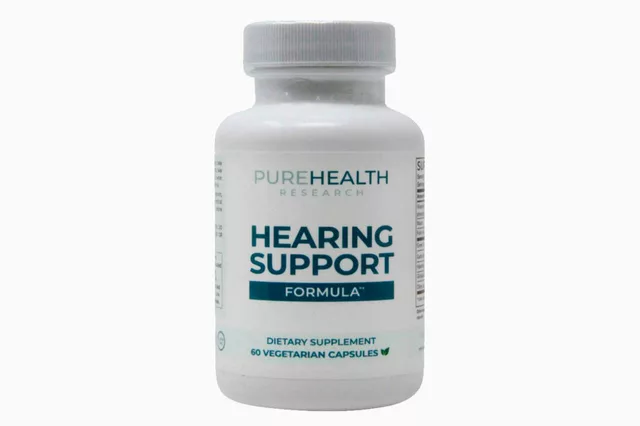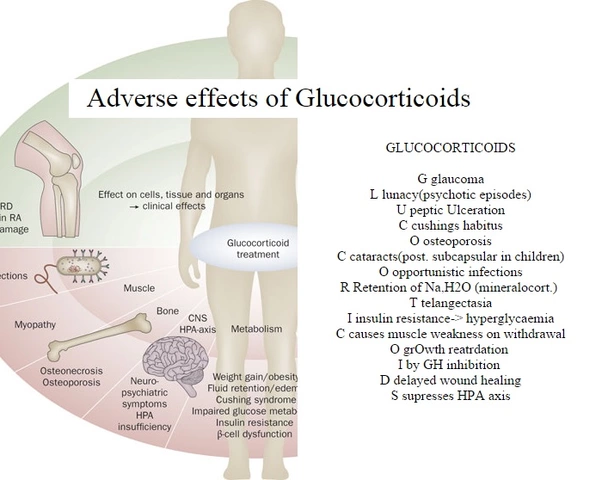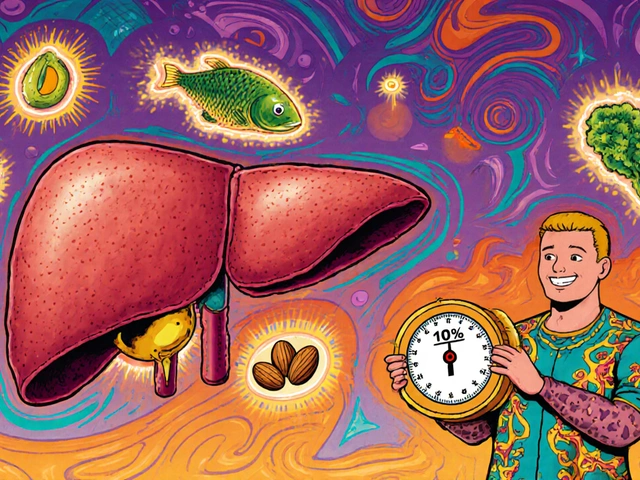Muscle Growth: Real Tips to Build Bigger, Stronger Muscle Fast
If you’re tired of endless hype and want solid steps that actually add size, you’re in the right place. Below you’ll find the basics of training, what to eat, which supplements are worth trying, and how to recover so the gains stick.
Training Basics
The first thing to lock down is a workout plan that hits each muscle group at least twice a week. Heavy compound lifts like squats, deadlifts, bench press, and rows give the biggest stimulus because they involve multiple joints and muscles at once. Aim for 4–6 sets of 4–8 reps with a weight that feels hard but doable for the last rep.
Don’t forget progressive overload. That just means adding a little more weight, a few more reps, or an extra set every week. Your muscles only grow when they sense they need to adapt to a new challenge.
Isolation work such as bicep curls or tricep extensions can fine‑tune shape, but keep the volume low – 2–3 sets of 10–15 reps is enough. Mixing in different angles (hammer curls, overhead triceps) helps hit fibers that the big lifts might miss.
Nutrition & Supplements
Food is the fuel that turns gym effort into muscle. Aim for about 1.6–2.2 grams of protein per kilogram of body weight each day. Chicken, turkey, fish, eggs, Greek yogurt, and plant proteins like beans or tofu all count.
Calories matter too. If you’re not eating a slight surplus – roughly 250‑500 extra calories – you’ll struggle to add size. Track your intake for a week, then adjust until you see a steady, 0.5‑1 lb weekly gain.
Supplements can fill gaps, not replace food. Creatine monohydrate is the most researched and cheap option; a daily 5‑gram dose supports strength and volume. Whey protein works well post‑workout for quick digestion, while casein is handy before bed to feed muscles through the night.
Some people ask about anabolic steroids. The site’s review of basicstero.ws explains the risks and why buying from unknown sources is dangerous. Stick with legal options unless you’ve spoken to a doctor and understand the health implications.
Recovery is the third pillar. Sleep 7‑9 hours, keep stress low, and stay hydrated. The article on muscle aches and athletic performance shows that proper rest and active recovery (light jog, stretching) reduce DOMS and let you train harder next session.
Putting everything together – heavy compound lifts, progressive overload, enough protein, a calorie surplus, and smart supplementation – gives you a clear road map to muscle growth. Track your lifts, meals, and how you feel, then tweak as needed. Consistency beats shortcuts every time.
Androstenetrione: How This Supplement Boosts Athletic Performance
Explore the science behind androstenetrione, its hormonal effects, safety profile, and why it's a game‑changer for athletes seeking lean muscle and performance gains.






